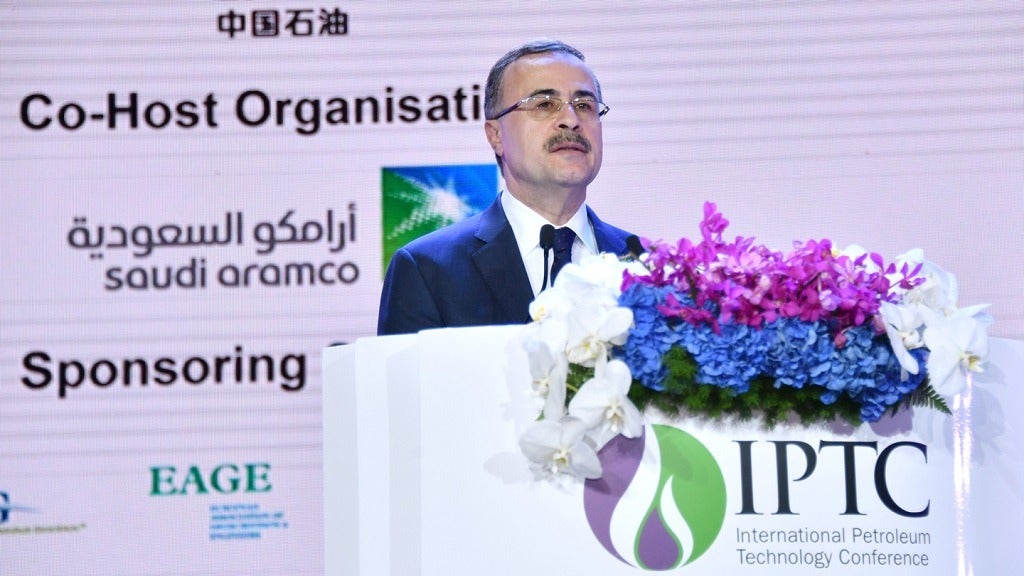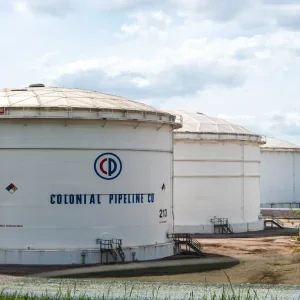
Oil output from Saudi Arabia has risen to more than eight million barrels a day, which is significantly closer to pre-attack levels of 12 million than experts had anticipated by this stage.
Insiders revealed the figures to the Financial Times, with heat maps of key fields confirming a surge in production that has helped push global oil prices below $62.
The two facilities hit by drone attacks, Abqaiq and Khurais, are still expected to take many months to fully repair, but oil markets look set to calm for the time being after experiencing price hikes of up to 20% last month.
Saudi Aramco CEO Amin Nasser had been confident in the likelihood of this rapid recovery and the resilience of his firm’s operations last week: “These synchronised attacks were timed to create maximum damage to our facilities and operations.
“The rapid response and resilience demonstrated in the face of such adversity shows the company’s preparedness to deal with threats aimed at sabotaging Aramco’s supply of energy to the world.”
“We have a hard-earned reputation for nearly 100% reliability in terms of meeting our international customers’ requirements and we have defended that.
“Not a single shipment to an international customer has been or will be missed or cancelled as a result of these attacks.
“We have proven that we are operationally resilient and have confirmed our reputation as the world’s leading supplier.”
Saudi Arabia oil facilities drone strike – what happened?
Saudi Aramco was forced to suspend 5.7 million barrels of crude oil per day after its Abqaiq oil processing plant and the nearby Khurais oil field came under attack from drones on 14 September.
A total of 10 drones were reportedly used to launch attacks on the facilities located in eastern Saudi Arabia, no casualties or injuries were reported.
The Houthi group, a Yemen-based terror organisation, claimed responsibility for the drone attacks, which set fire to the two oil facilities, but a Saudi-led assessment of missile remnants has laid the blame on Iran.
The two oil plants had been providing nearly half of the Saudi national oil and gas company’s total output, and reportedly meet more than 5% of global oil supply.
Aramco IPO plans in jeopardy
Saudi Aramco will likely delay the release of its initial public offering (IPO) following the drone attacks on two of its key oil facilities earlier this month, according to Reuters sources.
The global oil and gas sector has been anticipating the state-owned giant going public for some time, with the release of its debut bond in April this year confirming its status as the world’s most profitable company.
Its chairman Yassir al-Rumayyan said publicly after the attacks on the Abqaiq and Khurais projects, that the IPO would launch within one year. It had previously been slated for 2020 or 2021, but Reuters’ sources now suggest it could be later still.
Reportedly armed with a “direct knowledge of the company’s thinking”, the sources told the news agency that Saudi Aramco “needs to build confidence — in addition to restoring production”.






